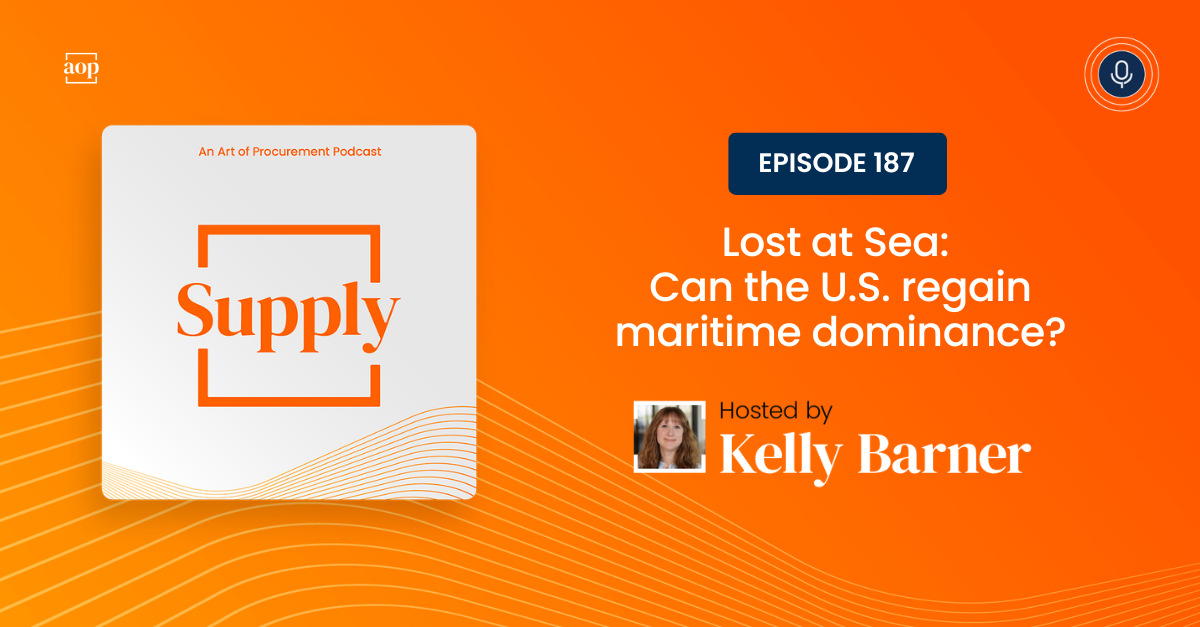
When I think about global trade, I think about massive container ships, trains and trucks waiting to take containers to distribution centers, and cranes. Rows of big heavy duty cranes sitting ready to unload thousands of containers and tons of goods a day.
Although those cranes, called ship-to-shore (or S2S) cranes stay put rather than traversing the globe, they have attracted quite a bit of attention in recent days. Attention that their manufacturer doesn’t welcome.
80 percent of all ship-to-shore cranes in the United States (75 percent of all S2S cranes in the world) are made by just one company: ZPMC. Short for Shanghai Zhenhua Heavy Industries Company Limited, ZPMC is a Chinese state-owned manufacturing and engineering firm. They were founded in 1992 and quickly grew their footprint worldwide to the extent that if anything goes wrong with their cranes, anything at all, global supply chains could screech to a halt.
It took just six years for ZPMC to become the largest ship-to-shore crane manufacturer in the world.
Who ordered these extra parts?
In 2021, the WSJ reported that the FBI had found intelligence-gathering equipment on board a ship that was transporting ZPMC cranes into the port of Baltimore. Naturally, that raised some eyebrows. One of the ways ZPMC keeps costs low is by owning their own ships for transporting the cranes. Once the questionable equipment was found, everyone looked at them – for the cranes and the transport ships.
This led to a larger investigation of cranes, new ones being installed as well as ones that had been in place for years.
Cellular modems that could be accessed remotely were found on some of the cranes. One U.S. crane’s components had more than 12 cellular modems on it, and another modem was found in a nearby server room.
No one knew why the modems were there; no one had asked that they be installed. Worries that were already in place escalated to full anxiety.
Liu Pengyu, a spokesman at the Chinese embassy in Washington, described the notion that modems were being installed in cranes and surreptitiously being used to spy on the U.S. as “entirely paranoia.”
But that statement failed to inspire confidence.
Rear Adm. John Vann, who leads the Coast Guard cyber command, said during congressional testimony about the cranes that officials had not found instances thus far of “malware or Trojan horse-type software,” but he still had concerns. “We have found, I would say, openings, vulnerabilities, that are there by design,” he said.
Cutting to the Heart of the Matter
Anytime you mention China and security in the same sentence, people get nervous, but there are specific reasons for concern at major ports.
Each crane contains sophisticated sensors that may be able to register and track the source and destination of any container they handle. That provides a great deal of information for anyone who might be interested in it.
Others have suggested that if someone can control the cranes remotely, say through a modem, they would have the ability to bring an entire port… or almost all ports nationwide… to a standstill anytime they like.
According to Wall Street Journal reporting, Bill Evanina, a former top U.S. counterintelligence official, compared the risk associated with the S2S cranes with concerns about Huawei, a Chinese digital communications company, that has been effectively banned from doing business in the U.S. and with U.S. companies.
There is a House Homeland Security Committee probing Chinese-built S2S cranes, and the report with their findings is expected to be released this month.
In the meantime, the whole nation – and all of its supply chains – is dependent on one company’s cranes, and it isn’t a country that the United States has an easy relationship with.
Perhaps there is a perfectly rational explanation for the modems, and maybe not. Today’s elevated geopolitical tensions certainly don’t need another spark that could potentially lead to fire.
The Biden Administration is trying to take steps to transition to domestically made S2S cranes by investing $20 Billion in infrastructure funds with Mitsui, a Japanese company. However, as we have seen with the CHIPS and Science Act, intended to reduce American dependence on Taiwan for semiconductors, these things take time – and the media attention span is short.




